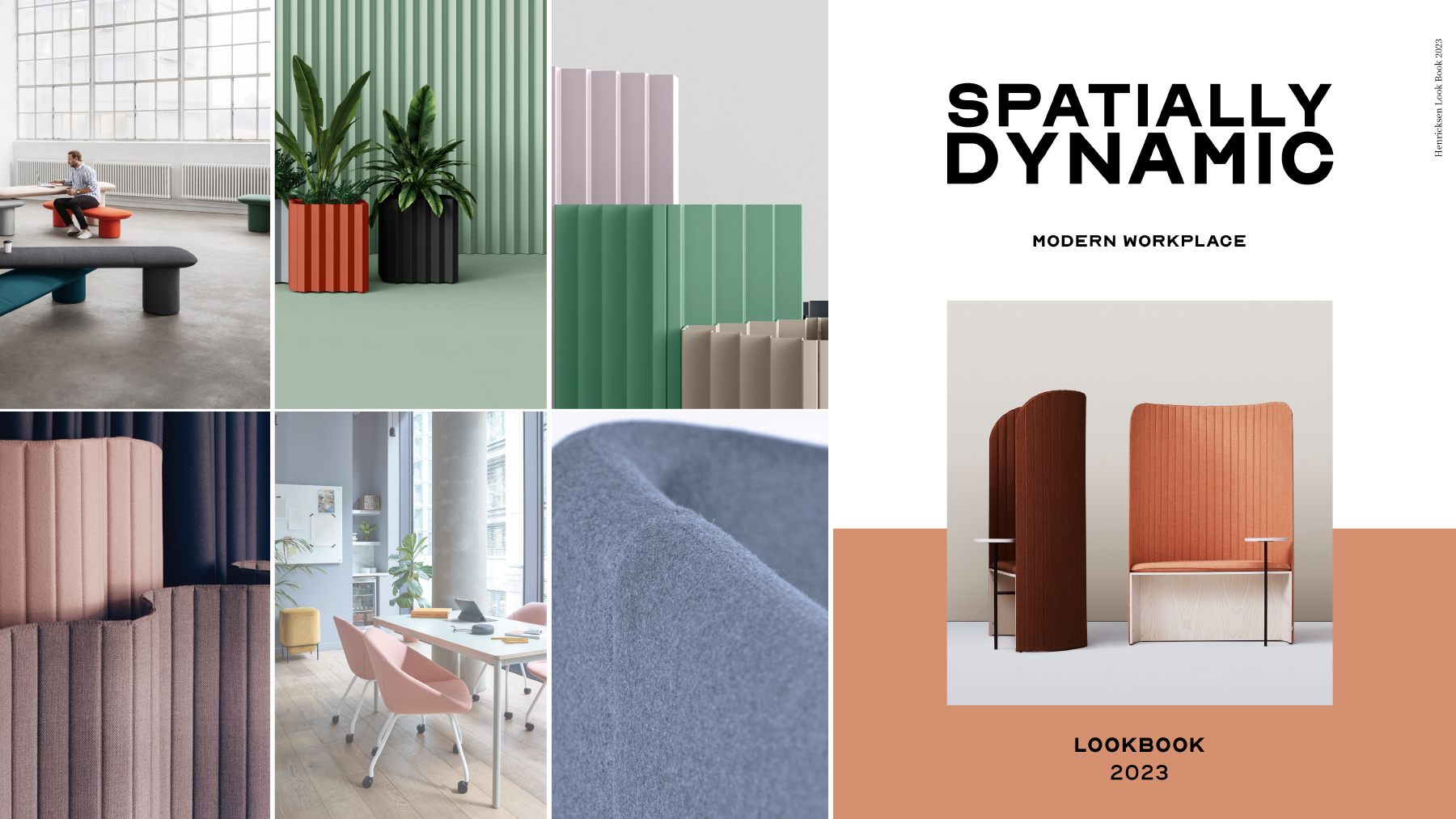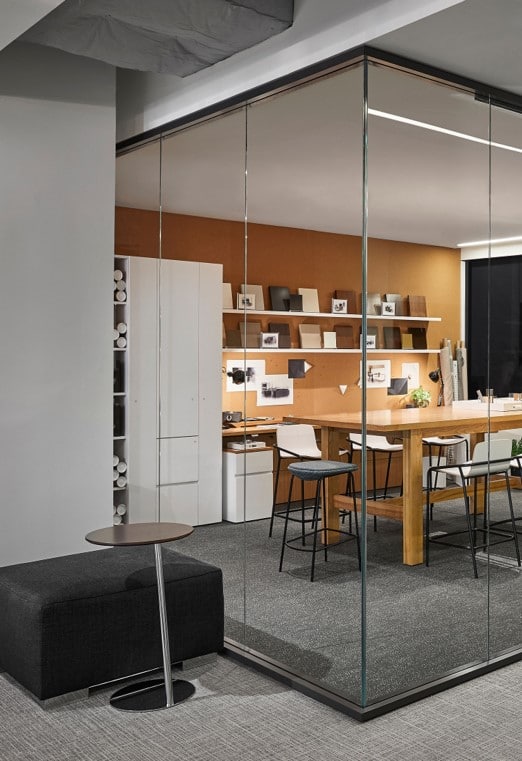When you think about success, leadership, entrepreneurship and charisma, you probably don’t automatically add the word ‘introvert.’
Nor do you when you hear names such as Bill Gates (Microsoft), Steve Wozniak, (Apple), Larry Page, (Google), Mark Zuckerberg, (Facebook), Marissa Mayer (Yahoo) , and Warren Buffett, (Berkshire Hathaway).
But, what do you think of when you hear the word ‘introvert?’ Someone quiet, reclusive, painfully shy and socially awkward? Someone with perhaps a high IQ but a low EQ?
It might surprise you to learn that all the well known business leaders we just named are introverts.
Introverts are some of the most overlooked of human capital assets in our organizations. They don’t push themselves forward. They’re not the life and soul of the party. They don’t ‘network’ all that well. However, they do make great leaders, entrepreneurs and innovators.
Introverts have an ability to focus and concentrate for long periods of time. They can grapple with an issue until they’ve figured out a solution. They possess superior critical thinking abilities and can assess logically and with balance.
Psychologists say that introverts strengths also include the ability to empower others – a key characteristic of a really good leader.
Unfortunately, most organizations today favor the extrovert personality. The common wisdom dictates that innovation and creativity results from the ‘group think’ and that multiple minds are better than one. Hence the rise in popularity of the open plan office design and huge emphasis on collaboration.
Even the school system favors this approach, with children being assigned projects as teams. They graduate with little experience of working alone and being solely responsible for the results of their own efforts. It’s a natural progression to bias toward extrovertism in the workplace and a minimization of the need for privacy in the office environment.
Susan Cain, author of “Quiet”, a 2012 New York Times best seller, says that ignoring the need for privacy and quiet space prevents the ‘thinkers’ in our offices from operating at peak potential. Cain, a self proclaimed introvert, has studied the situation of the introvert operating within a world where office space and business mechanisms are designed around the personalities and work styles of extroverts.
In her book, she gives multiple examples of historical, religious, literary and scientific leaders whose greatest revelations and discoveries came during times of great solitude. She reminds us that these icons would retreat to places where they could be by themselves so that they could think without interruption or distraction.
Spending time alone, they formulated their concepts and then would return to society to share their ideas with others. Their ideas, born in solitude, later impacted the world significantly.
Steve Wozniak, mentioned earlier, was the co-founder of Apple computers. He says that this invention came about as a result of time he chose to spend home alone programming instead of out socializing with friends.
Author of the famous ‘Dr. Seuss’ children’s books, Theodor Seuss Geisel is another prime example of an introvert. Geisel hated meeting his fans for fear that they’d be disappointed to discover that he was not a ‘jolly extrovert’ like the character he’d created, but instead a quiet introvert.
We’ve become a ‘personality’ based society instead of a ‘character’ based society
Cain says that our North American culture has changed considerably from it’s inception. At its founding, America respected and revered individual thought and character. Now, we esteem action and ‘presence’ more.
Having the charisma and force of personality to communicate in person and thus exert influence on others became seen as the mark of a leader. Cain describes it as a move from a ‘character’ based society to a ‘personality’ based society.
While Cain doesn’t minimize the value and contribution of the extroverts in our society, she reminds introverts that it’s important to move beyond their comfort zone and begin to collaborate and communicate.
Most introverts are not completely introverted. Most have a blend of introverted and extroverted characteristics in varying measures. However blended though, introverts find it almost impossible to function at optimum levels in a workplace designed exclusively to support extroverts.
When we are thinking of designing or redesigning a work or educational space, Cain suggests designing for both personality types. While it’s important to have collaborative areas where spontaneous, casual interaction and group activities are facilitated, it’s also important to create oases of privacy where introverts can work undisturbed. In fact, even extroverts occasionally prefer a little solitude when they have a task demanding concentration.
Even though the ‘perfect’ work space for an extrovert seems to be the antithesis of the space an introvert prefers, a well designed office can easily accommodate both.
Office furniture manufacturers and office space designers are now offering some very practical solutions. Solutions that balance open and private spaces without increasing real estate footprints, blocking the flow of natural light or impeding the flow of interaction between employees. There are now so many affordable office design options that there’s no need to settle for less than a perfectly integrated work environment where all employees can reach their full productivity potential.
 One option that works well for both collaboration as well as for providing a modicum of privacy with some acoustic buffering from the open plan office is the booth. Another very practical solution that provides a good compromise between group and private space are clear architectural walls, such as the Beyond range from Allsteel.
One option that works well for both collaboration as well as for providing a modicum of privacy with some acoustic buffering from the open plan office is the booth. Another very practical solution that provides a good compromise between group and private space are clear architectural walls, such as the Beyond range from Allsteel. 
These are just a few of the options that can be incorporated into a well designed work environment. Options that provide the best of both worlds: the visual line of sight, access to natural light and the ability to gain a measure of privacy, all within the same open plan space.
Whether a worker is an introvert or an extrovert, these modern office solutions allow them to choose the office environment in which they work best while remaining connected and part of the team as a whole.
This sense of autonomy also goes a long way to lowering the stress levels often experienced by introverts at work. It’s time, says Cain, to allow employees that choice. Once we do, we’ll begin to enjoy the rewards of the synergy between these very different personality types.
To find out more about how to design your office space to increase productivity. please email us.
Information related to this subject:
https://www.wsj.com/articles/why-introverts-make-great-entrepreneurs-1440381699
https://www.inc.com/oscar-raymundo/common-workplace-misconceptions-about-introverts.html
https://www.allsteeloffice.com/products/movable-walls/beyond-frameless
https://www.allsteeloffice.com/products/movable-walls/
https://mashable.com/2014/06/16/introvert-open-plan-offices/
https://www.resonanceco.com/blog/introverts-extroverts-and-the-future-of-work/
https://www.fastcompany.com/3021206/dialed/how-to-create-an-open-office-that-is-more-awesome-for-both-introverts-and-extroverts




